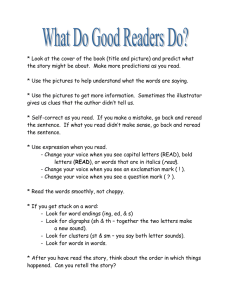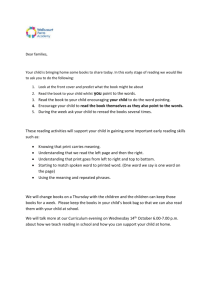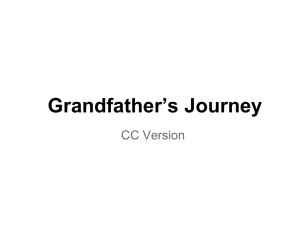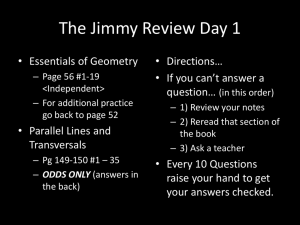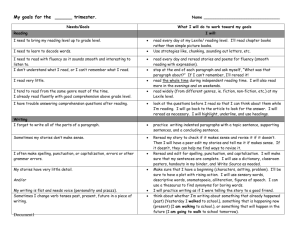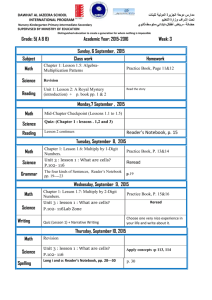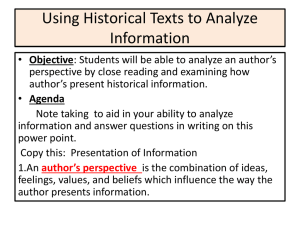close reading tool
advertisement
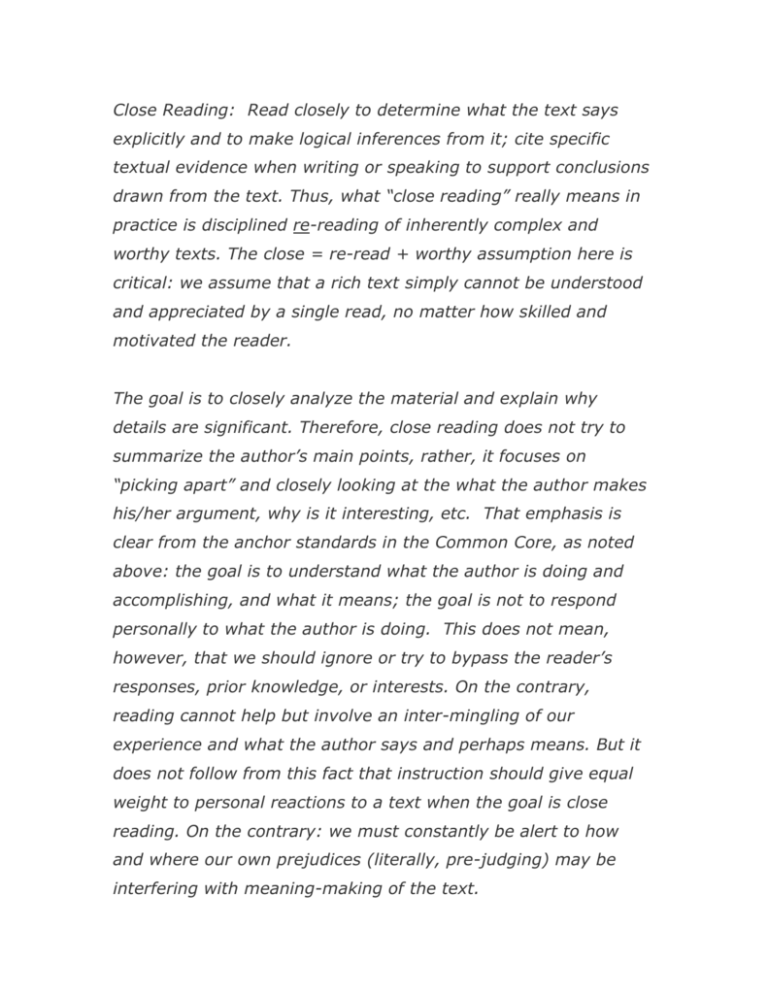
Close Reading: Read closely to determine what the text says explicitly and to make logical inferences from it; cite specific textual evidence when writing or speaking to support conclusions drawn from the text. Thus, what “close reading” really means in practice is disciplined re-reading of inherently complex and worthy texts. The close = re-read + worthy assumption here is critical: we assume that a rich text simply cannot be understood and appreciated by a single read, no matter how skilled and motivated the reader. The goal is to closely analyze the material and explain why details are significant. Therefore, close reading does not try to summarize the author’s main points, rather, it focuses on “picking apart” and closely looking at the what the author makes his/her argument, why is it interesting, etc. That emphasis is clear from the anchor standards in the Common Core, as noted above: the goal is to understand what the author is doing and accomplishing, and what it means; the goal is not to respond personally to what the author is doing. This does not mean, however, that we should ignore or try to bypass the reader’s responses, prior knowledge, or interests. On the contrary, reading cannot help but involve an inter-mingling of our experience and what the author says and perhaps means. But it does not follow from this fact that instruction should give equal weight to personal reactions to a text when the goal is close reading. On the contrary: we must constantly be alert to how and where our own prejudices (literally, pre-judging) may be interfering with meaning-making of the text. Read Domain 3 – Teaching for Learning: Read the Danielson description and paraphrase each of the components (3a, 3b, 3c, 3d, and 3e) on the back of this page. Reread 3A: Communicating with Students. Explain the teacher’s responsibility in detail to effectively communicate from the beginning of a lesson through the conclusion of the lesson. Cite specific evidence. Reread 3B: Using Questioning and Discussion Techniques. Complete the table. Questioning Effective Teacher: What students are doing: Discussion Effective Teacher What students are doing Reread 3C: Engaging Students in Learning: According to the text, what do the following phrases mean in detail? Student Engagement: Students that are compliant and busy: Reread 3D: Assessment in Instruction: What is the key message of this component/element? What specifically should a teacher do in every lesson to be effective with assessment in instruction? Reread 3E: Demonstrating flexibility and responsiveness: Danielson identifies three elements. Complete the chart. Phrase: Lesson adjustment Response to students Persistence What Danielson says: Examples of what a teacher will do:
